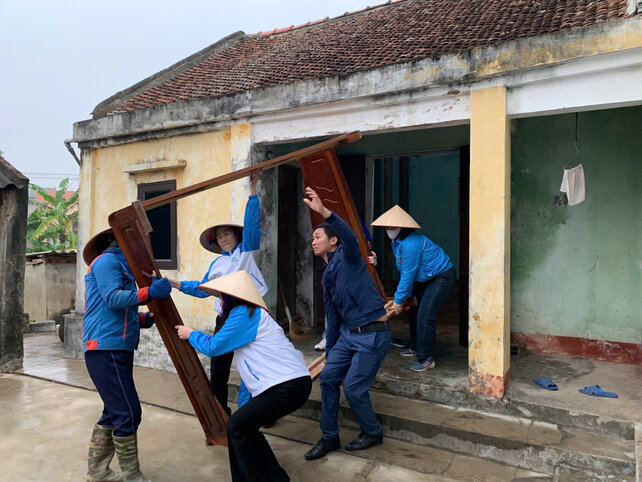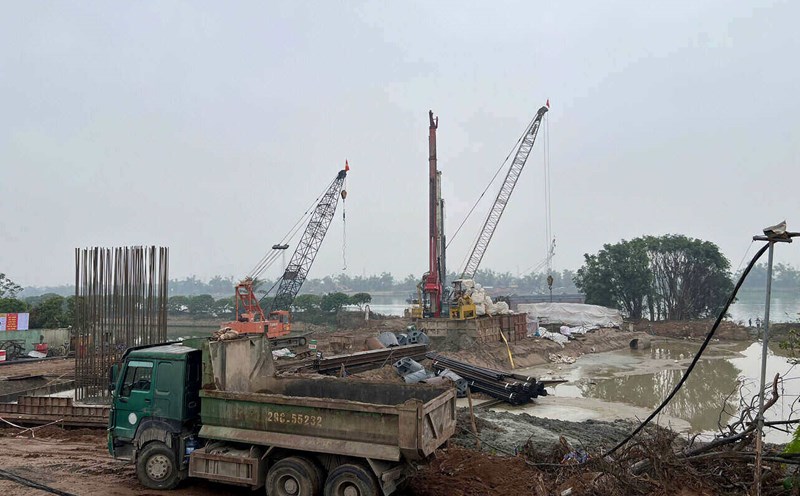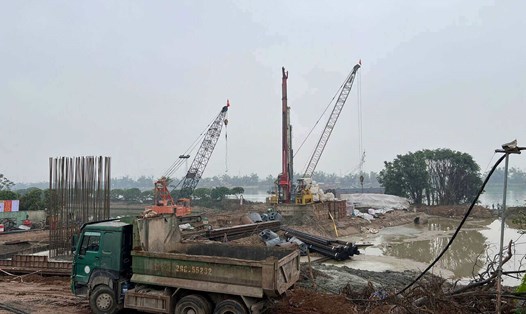Hai Duong aims to complete 100% of temporary and dilapidated housing support for poor and near-poor households in the province before July 1, 2025.
At the same time, the province focuses on implementing synchronously and effectively poverty reduction policies to improve people's lives, increase income for people, and limit re-poorness, especially in rural areas.This creates conditions for people in poor and near-poor households to access basic social services, contributing significantly to the implementation of economic growth goals and ensuring social security.
According to the plan, the province strives to reduce the poverty rate to 0.43%.Strive to reduce the number of near-poor households by half compared to the beginning of the period according to the national multidimensional poverty standard by the end of 2025.Hai Duong province also aims to complete 100% of the elimination of temporary and dilapidated houses for poor and near-poor households.

100% of cadres working on poverty reduction have been trained in basic knowledge and skills on management, organization of implementation of poverty reduction programs, policies and projects; planning with participation, developing community development plans and poverty reduction skills.
Hai Duong strives for over 80% of people with working capacity and needs from poor households to be supported to improve their agricultural, forestry and fishery production capacity to innovate production methods and techniques, ensure food security, meet nutritional needs, and increase income.
100% of poor and near-poor households in the province have access to clean, hygienic water sources and hygienic drinking houses; 100% of these households, newly escaped poverty households and other policy beneficiaries with needs and qualifications are eligible to borrow capital from preferential policy credit programs.
The province also strives for 100% of workers from poor households, near-poor households, and newly escaped poverty households in need to be supported with connections, career guidance consultation, labor market information, and job search.
Of which, at least 90% of workers in these households who need to find a job are supported to successfully connect jobs. The goal is to support poor and near-poor households with at least one member of working age who is able to work sustainably.











